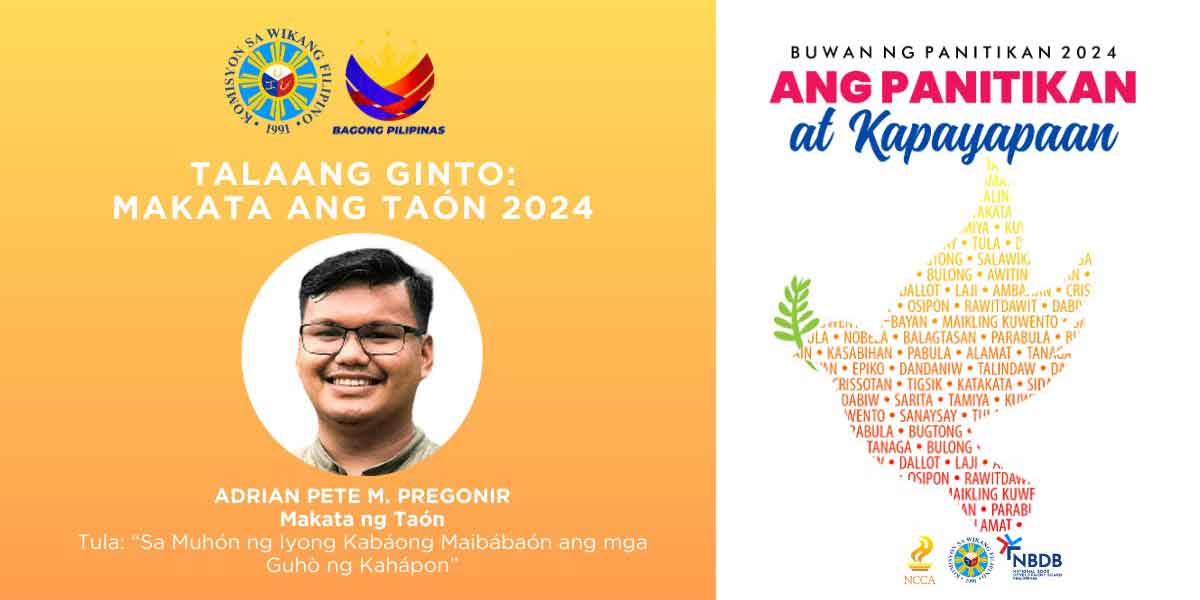
The Philippine Statistics Authority (PSA)-Aklan is currently conducting survey to selected households concerning access on safe water, sanitation and hygiene practices.
The activity, which is part of the poverty indicator survey, aims to collect information to be used in reporting the Sustainable Development Goals Indicator 6:
- achieving universal and equitable access to safe and affordable drinking water, and
- access to adequate and equitable sanitation and hygiene for all Filipinos.
According to Engr. Antonet Catubuan, Chief Statistical Specialist, 370 households in Aklan were chosen as samples for this survey distributed in 25 barangays.
The questions include main source of water supply, source of drinking water, methods used in water treatment, type of toilet facility, and the presence of handwashing facility in the household.
Nationwide results of similar survey conducted last 2017 showed that 27 percent of families use “safely-managed” drinking water services, which means that the drinking water is from the improved water source located on premises, available when needed and free from fecal contamination.
Likewise, almost one in every three families (34%) has their drinking water at the point use that is free from fecal contamination or zero E.coli.
Point use refers to the water samples collected from a glass of water that the families actually drink.
When it comes to toilet facility, around 74 percent of the Filipino families have at least “basic” sanitation services (improved sanitation facility which is not shared with other households), while 15 percent have “limited” sanitation services (improved sanitation facility but shared facilities).
Improved sanitation pertains to facilities that ensure hygienic separation of human excreta from human contact.
On the other hand, around 6 percent of families practice open defecation.
Meanwhile, 8 out of 10 Filipino families have a “basic” service level of handwashing facility, which means that there is an availability of soap and water, while 6 percent have “limited” service level, or with handwashing place but without soap and/or water.
On the contrary, 14 percent of the families have no handwashing facility at all.
PSA appeals to all sample households in this survey to cooperate in data gathering to produce quality and reliable statistics, which is reflective of the present condition.
Aside from water and sanitation, also included in the Annual Poverty Indicator Survey comprise demographic characteristics, schooling status, economic characteristics, health status, financial account, educational assistance, social protection program availed, housing characteristics, drug awareness and prevention
























